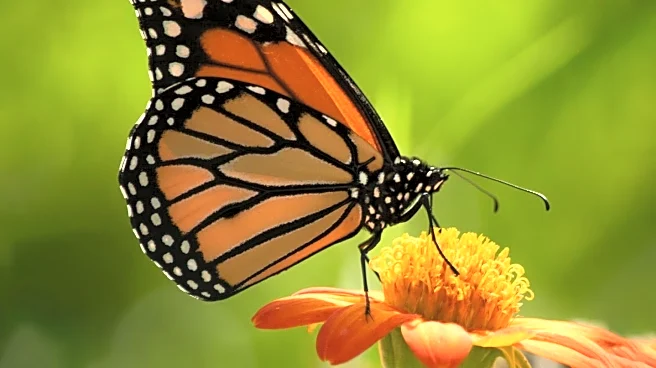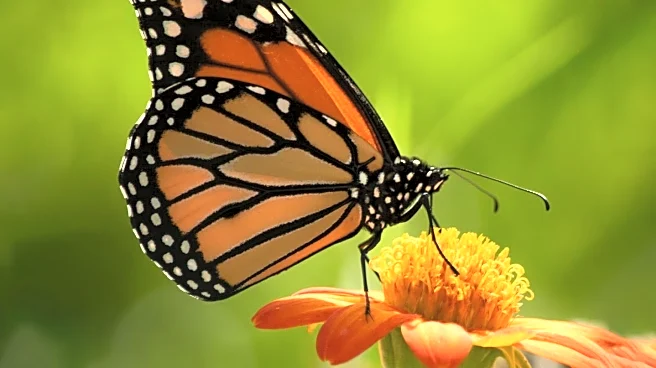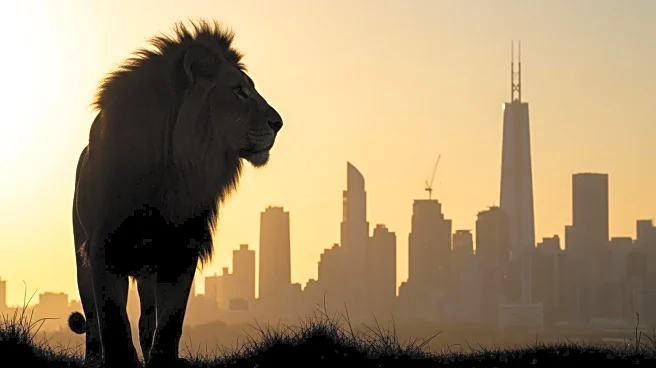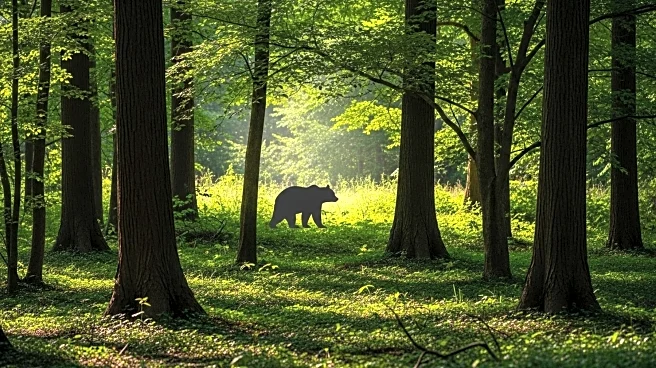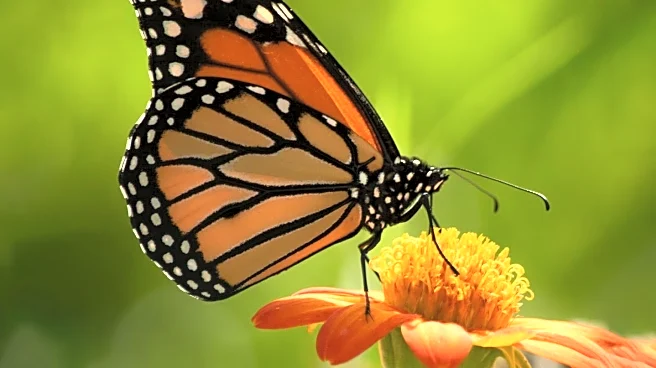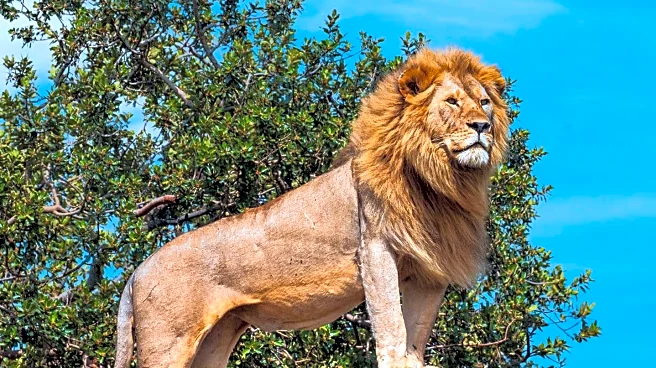What's Happening?
Pine martens, once nearly extinct in Northern Ireland, are increasingly being spotted in urban areas, including Belfast. Historically confined to woodlands in County Fermanagh, the Glens of Antrim, and the Mournes, these rare mammals are now found across all six counties. Recent sightings in urban settings, such as the discovery of a pine marten on Belfast's Albertbridge Road, have surprised wildlife experts. The Ulster Wildlife Foundation notes that these animals have large territories, with males roaming up to 25 square miles. Dr. David Tosh from Ulster University suggests that the lack of natural habitat due to low woodland cover in Ireland may be driving pine martens into urban areas. The adaptability of pine martens is highlighted by their use of roof spaces in homes for breeding.
Why It's Important?
The expansion of pine martens into urban areas signifies a remarkable recovery for a species once on the brink of extinction in Northern Ireland. This development could have ecological implications, as pine martens are known to prey on species like the grey squirrel, potentially affecting local biodiversity. The presence of these animals in cities may also raise awareness about wildlife conservation and the need for habitat preservation. As pine martens adapt to urban environments, they could become a more common sight, influencing public perception of wildlife and encouraging conservation efforts.
What's Next?
If pine martens continue to thrive in urban areas, there may be increased interactions with humans, leading to potential challenges in managing wildlife within city limits. Wildlife organizations might need to develop strategies to ensure the safety of both pine martens and residents. Additionally, further research could be conducted to understand the long-term impacts of urban living on pine martens and their role in urban ecosystems. Public education campaigns may be necessary to inform residents about living alongside these animals and the benefits they bring to biodiversity.
Beyond the Headlines
The spread of pine martens into urban areas raises questions about the balance between wildlife conservation and urban development. As cities expand, the need to integrate natural habitats into urban planning becomes more pressing. This situation highlights the importance of creating green spaces that support wildlife and promote biodiversity. The adaptability of pine martens could serve as a model for other species facing habitat loss, demonstrating the potential for wildlife to coexist with urban environments.

